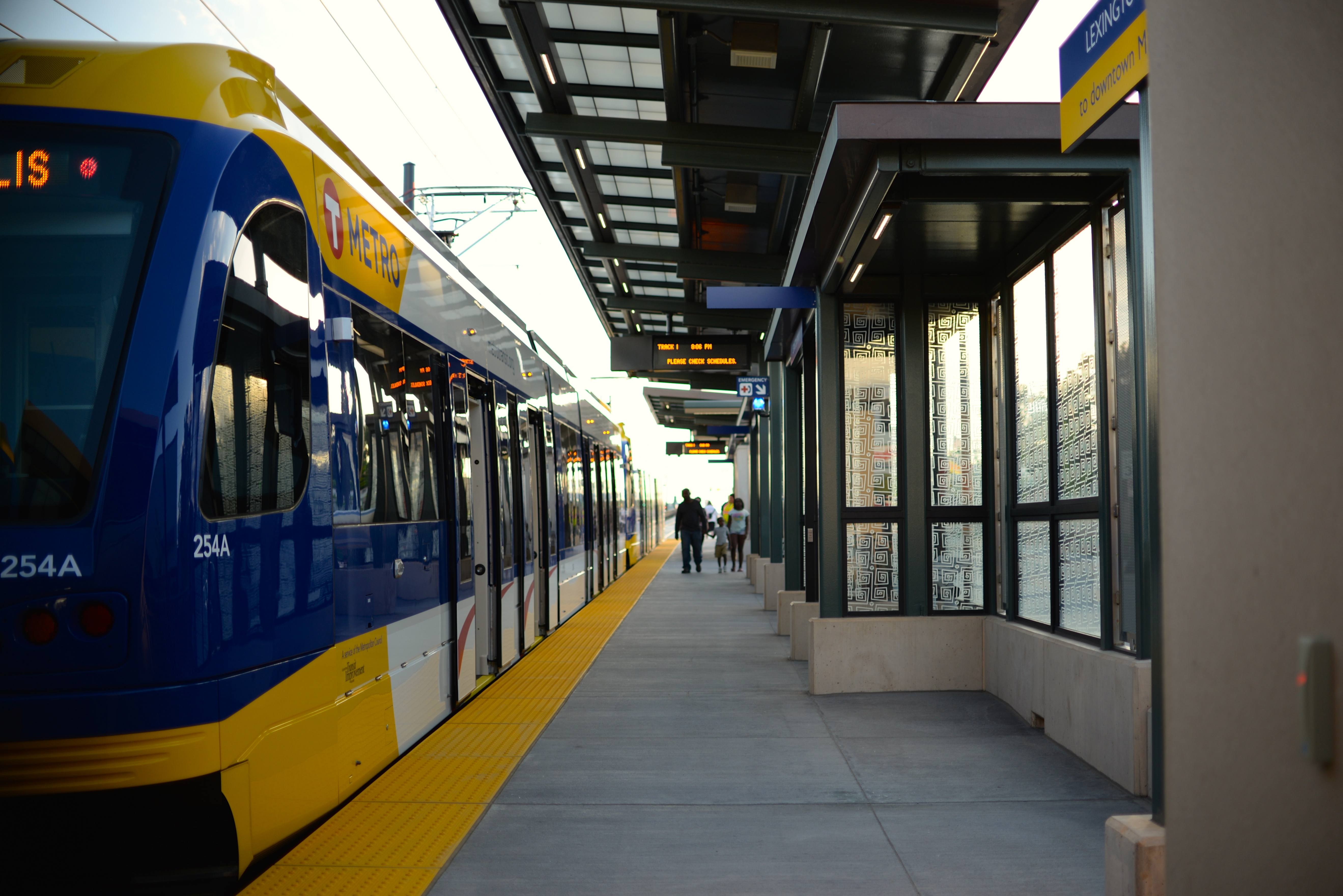 From General Manager Wes Kooistra
From General Manager Wes Kooistra
When regularly scheduled service adjustments take effect in August, we will replace four METRO Green Line trips that run between 2 a.m. and 4 a.m. on weekdays with buses. These buses will operate as frequently as Green Line trains do today and stop near each Green Line station.
This change means that the Green Line will operate on a similar schedule as the Blue Line, with nightly breaks on weekdays and 24-hour service on Fridays and Saturdays. The new bus service will ensure that Green Line customers traveling to and from work and other destinations will still have service during these hours.
We are making this change to allow for safer and more timely maintenance along the Green Line corridor. It will also provide more time to clean and maintain our light rail vehicles and stations.
Under the current Green Line schedule, maintenance staff is often required to work while overhead power lines remain energized, which can complicate their work. Some maintenance activities are delayed until there are other reasons to suspend light rail service, such as road maintenance and construction. This is clearly not the best way to keep this important public asset in good repair.
Nearly all light rail providers throughout the country have similar breaks in service to allow for maintenance. There are 22 U.S. transit agencies that operate light rail. In a review, we found that LA Metro, in Los Angeles, Calif., was the only other provider offering 24-hour light rail service on weekdays.
We know many people ride the Green Line overnight because they do not have a home of their own. We have heard the concerns that people without access to housing or shelter will be displaced by this change. We, too, care about the well-being of our riders experiencing homelessness. We also have heard concerns that these trains, which lack running water, beds and bathroom facilities, do not constitute a humane or dignified shelter, and that using trains for overnight stays is not compatible with providing a transit service.
In recent on-board surveys, staff found that, between 2 a.m. and 4 a.m., there were fewer riders using the Green Line to go from one destination to another than expected. We also observed fewer riders than we expected using transit for overnight stays, although that number was still significant. Some people were simply using the Green Line as a gathering place.
Allowing the Green Line to be used for overnight stays or as an overnight gathering place undercuts our ability to provide safe, clean and reliable service. It is also clear that transit is an unacceptable option for people who need affordable housing, shelter, or other support.
While nearly everyone agrees that trains are not a safe and dignified place to sleep, we have heard concerns that appropriate shelter options will not be available.
We share this concern and are working closely with the Interagency Council on Homelessness and other regional partners to advance meaningful responses to this issue.
We are offering funding and other resources to better understand the needs of our riders experiencing homelessness, and to help people connect to the services and housing options that will meet their needs. Officers on the Metro Transit Police Department’s Homeless Action Team will continue building trust, providing immediate help and serving as a bridge to resources that can create lasting change. The Council has already dedicated nearly 90 federal housing vouchers to help address the needs of those using transit as a place to stay.
While these efforts will continue, this work clearly requires partnerships and leadership from organizations and agencies whose primary role is to serve people who are without shelter.
Through these changes, we will continue to honor our commitment to our riders and the communities we serve. We will better and more safely address maintenance requirements. And we will continue to work together with our partners so that everyone experiencing homelessness can find safe and affordable housing.